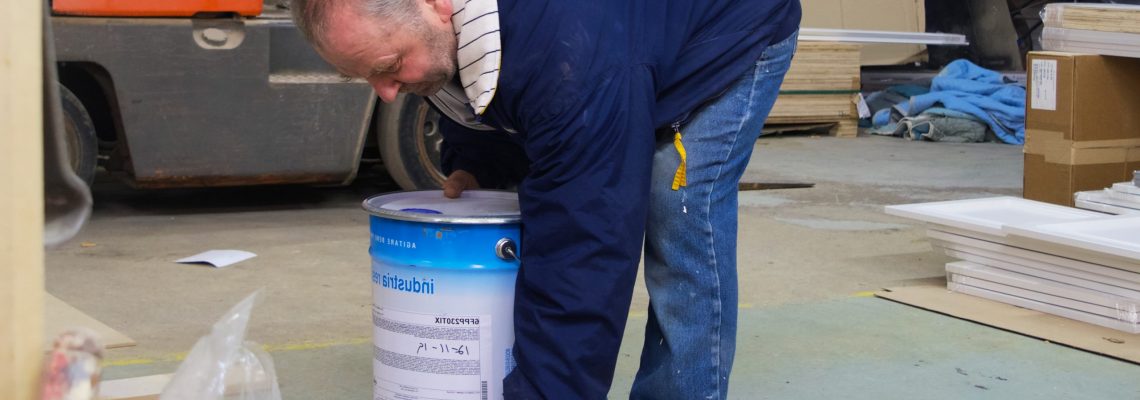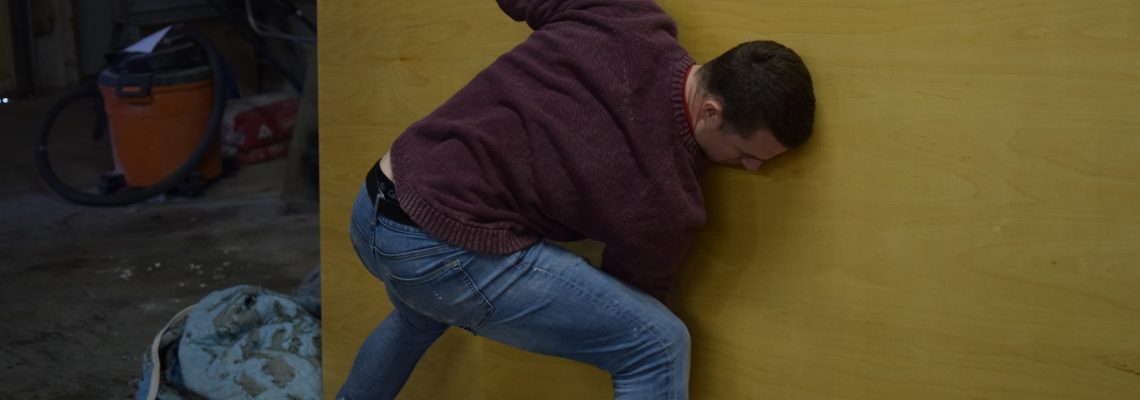Worker Injuries
Occupation health is a field of health care dedicated to the well-being and safety of employees in the workplace.
Physical therapy can help treat injuries and reduce the risk of them happening. It is helpful to know what is getting injured. Data found through the national safety council reports that there is an injury every 7 seconds adding up to 4,600,000 injuries a year. 33.54% of these injuries are due to overexertion like lifting or lowering an item the worker may not be ready for. Due to these injuries, there were 104,000,000 production days lost in 2017.

Risk Factors
Musculoskeletal injuries are the leading cause of absences at work and workers compensation claims.
Risk factors can be both employee risk factors and workplace risk factors. Employee risk factors include smoking, higher BMI, depression, and presence of other illnesses. Workplace risk factors include manual work, frequency of lifting tasks, extended work schedules, working night or evening shifts, lack of work space, and limited enforcement of safety practices.
Luckily, many of the employee and workplace risk factors are modifiable. Also, implementing certain practices into the workplace has been shown to decrease the frequency of workplace injuries.
Types of Injuries
The Bureau of Labor Statistics collects injury data each year. From this data, we can see what type of injuries are occurring.
- Injuries of the arms were twice as likely as those of the legs.
- Overexertion injuries were the most common type of injury. These types of injuries were seen in those performing small, repetitive tasks and also those performing large lifting and lowering tasks.
- The second most common type of injury was falls.
Stay tuned in the next few weeks for strategies to reduce your likelihood for an injury. And we will also post our top exercises to perform if recovering from an overexertion injury.

Exercise Snacking
What is your favorite exercise snack? Unfortunately, we are not talking about eating Oreo’s while you are on the StairMaster. Exercise Snacking is defined as short periods of physical activity spread throughout the day. This style of exercise has been shown to be effective in improving fitness levels and overall health. In fact, one study found that performing exercise snacks throughout the day was equally as effective as performing the same exercise in a more traditional condensed format.
Some of us work jobs that require us to be sitting throughout the day. Others of us work jobs that require us to be performing repeated, physical tasks. At either end of the spectrum, it is important to incorporate exercise snacks into our day. Check out these examples of exercise snacks and set a goal to pick one to perform 3 times during your work day tomorrow.
- 3 flights of stairs as fast as you can
- 20 seconds of sprints on a stationary bicycle
- 5 bodyweight exercises for AMRAP (as many reps as possible) in 1 minute
Get your heart rate up, breathe a little harder, and then get back to work.

Posture Myth Debunked
Have you ever been told to sit up straight to avoid neck and back pain? Or has someone told you to avoid bending your spine while picking up a heavy item? These common beliefs may not be true.

The absolute, best posture that you need to sit in right now is…
How many of you have been told to sit up straight? Pinch your shoulder blades together? Tuck your chin in? These are common instructions given to correct someone’s posture. Many times people believe that if they sit or stand in a perfect posture, they will be protecting their joints and preventing pain. However, there is no strong evidence to suggest that avoiding poor posture will prevent pain.
The fact is that our backs are much stronger than we give them credit for. The spine can handle tremendous forces because it is a very resilient structure. If you find yourself slouched forward or with your head reaching towards your computer screen, dont beat yourself up or worry about damaging your spine. Instead, switch it up, shift your weight, cross your legs, or lean back. Even better, stand up, do some jumping jacks, or run up a flight of stairs. Check out our post on exercise snacking. .
So what is the best posture that you need to adopt right now? The NEXT posture. Keep yourself moving throughout the day. Don’t sit or stand in one position for too long. Motion is lotion for our joints. The more you move, the better you will feel.
Lifting Myth Debunked
Have you ever been told to sit up straight to avoid neck and back pain? Or has someone told you to avoid bending your spine while picking up a heavy item? These common beliefs may not be true.

Common belief is that lifting with a flexed low back will lead to low back pain and ongoing low back pain. This is a common statement made by many including me, at some point in time. Unfortunately this may not be true based on findings by Saraceni N, et al.
In this systematic review they found no in vitro evidence between lifting with a flexed posture and low back pain. There was actually more similarity between low back pain and lifting with a less flexed back. However this may have been due to advice post low back pain onset or response to pain itself.
Nevertheless they did find other risk factors for low back pain including negative low back pain beliefs and fear of movement.
Reference: J Orthop Sports Phys Ther. 2019 Nov 28:1-50. doi: 10.2519/jospt.2020.9218.

